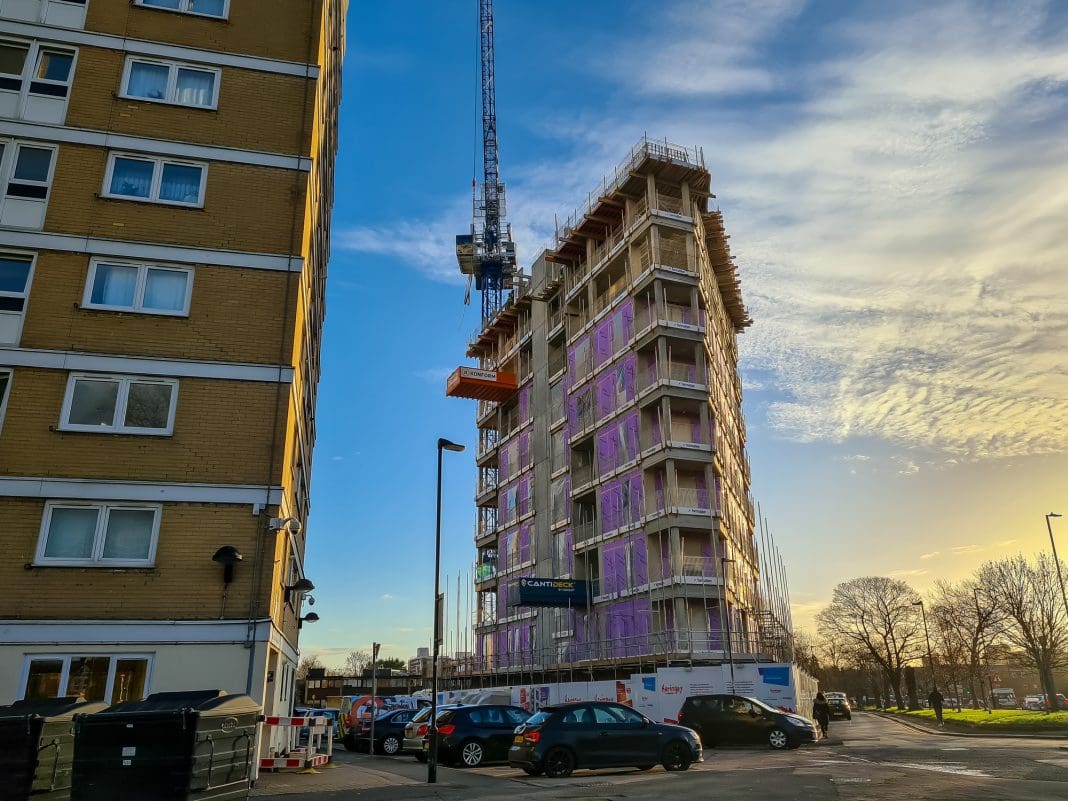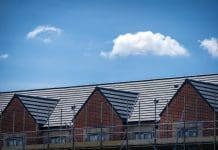The Royal Institute of British Architects (RIBA) has published its latest set of horizon scans, which highlight the global economic systems and forces that will shape the built environment over the next decade
Commissioned by RIBA and written by leading academics, The Economics of the Built Environment scans provide foresight on the topics expected to drive the greatest change by 2034.
The four scans are:
- Interconnectedness and specialisation: the economic geography of the built environment
- Emerging economies: how architects can contribute to sustainable urban futures in fast-changing contexts
- Inequality: planning and design for a more equitable world
- Financialisation: buildings and architecture at the centre of global financial systems.
These scans reframe the built environment as an expression of the economic forces that shape it.
They explore factors such as rapid urbanisation and increased use of digital twinning augmenting the financialisation of the built environment.
Exploring the architect’s role in relation to the economic system
The RIBA horizon scans examine what effect the way money is spent has not only on the quality of the built environment, but also on our ability to develop a more equitable society and tackle the climate crisis.
They call for an intersectoral response by architects and planners, working closely with economists, financiers, clients, and others, to come up with solutions that unlock global potential.
Editor of the horizon scans, urban economist Astrid R.N. Haas, said: “Across the world, the urban environment is failing many of its inhabitants. To rectify this, innovation is urgently needed to match the dynamism and pace of change in cities over the coming decades.”
The first in a series on global megatrends that will impact the built environment
The Economics of the Built Environment horizon scans are part of the RIBA Horizons 2034 series interrogating the global megatrends predicted to shape society, the built environment, and the architectural profession over the next ten years. Scans relating to population change and technological innovation will follow over the coming months.
RIBA president Muyiwa Oki said: “RIBA keeps a close eye on the UK and global economy, forecasting business and employment trends month-to-month in our Future Trends reports and deep-diving into the wider economic context in architectural market economics reports.
“With expert insight on how the economic environment will change over the next decade, the Economics of the Built Environment scans position architects as having a great opportunity to positively shape the urban transformation ahead of us.
“They highlight the need for an intersectoral response by architects and planners, working closely with economists, financiers and clients. Collaboration will be key to find solutions that unlock global potential.”

















